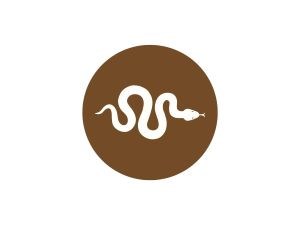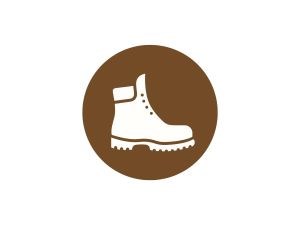The ideal way to address invasive species is to keep them from establishing in a new area in the first place. To do that, national park managers need to know how invasive species arrive in a new ecosystem, or the "pathway" through which the species came. Unfortunately, any person, pet, vehicle or piece of wood coming in and out of a park is a potential pathway for invading species. Each park faces unique challenges in preventing the introduction and spread of invasive species. Some common pathways are listed below:

Vehicles & Watercraft
The very things that we use to move ourselves and our things actually serve as excellent transportation for invasive species, as well. This may include seeds and plant fragments becoming attached to dirty cars, boats, and trailers, or insects attaching their sticky egg masses to their surfaces. Maintaining clean vehicle surfaces and finishes that prevent “biofouling” (the process of living things attaching themselves to surfaces) are some ways to prevent the transport of invasive species on vehicles.

Firewood
Wood-boring insects, insect eggs, and fungi may be hitching a ride in the firewood that visitors to parks may be bringing with them. Some of these invasive species have been especially devastating to our forests, like the emerald ash borer. Only using firewood obtained locally will ensure that you aren’t bringing any unwanted guests with you. Learn more about "Don't Move Firewood".

Bait
Many people who fish prefer to use live bait; however, many bait species are invasive where they are used. What’s more, bait buckets may also carry microscopic invaders. In order to prevent these species from becoming established, it is important not to dump your bait bucket into the waterbody and to throw any remaining bait in the trash or destroy it.

Ornamental Plant Trade
The beautiful plants and flowers that are being sold at nurseries, hardware stores, and online may actually be invasive. Purchasing appropriate native species for your yard and garden and ensuring you are not buying species on regional or state invasive species lists can help to stop this pathway in its tracks. Check with your local native plant society for recommendations.

Pet Ownership
The exotic pet trade has allowed the introduction of some of the most damaging invasive species to parks. Of course, traditional pets can also be problematic if they are allowed to roam freely outside, abandoned by their pet owners, or not sufficiently contained. Pet owners can reduce the risk of pets from becoming invasive by only obtaining pets through legal vendors, never allowing their pets to roam freely, and never abandoning them.

People
That’s right! Sometimes we carry invasive species on our very own persons without even realizing it. Seeds can readily become lodged in our boots and stuck to our clothing. The equipment we bring with us to parks can also house myriad plant parts, insect and aquatic species eggs and larvae, and microscopic critters. Keeping our clothing, baggage, and outdoor equipment clean helps to prevent the spread of invasive species through this pathway.
Find out how you can help prevent the spread of invasive species when you visit parks. You can also help stop the spread of invasive species by taking simple actions at home.
Last updated: February 26, 2024
